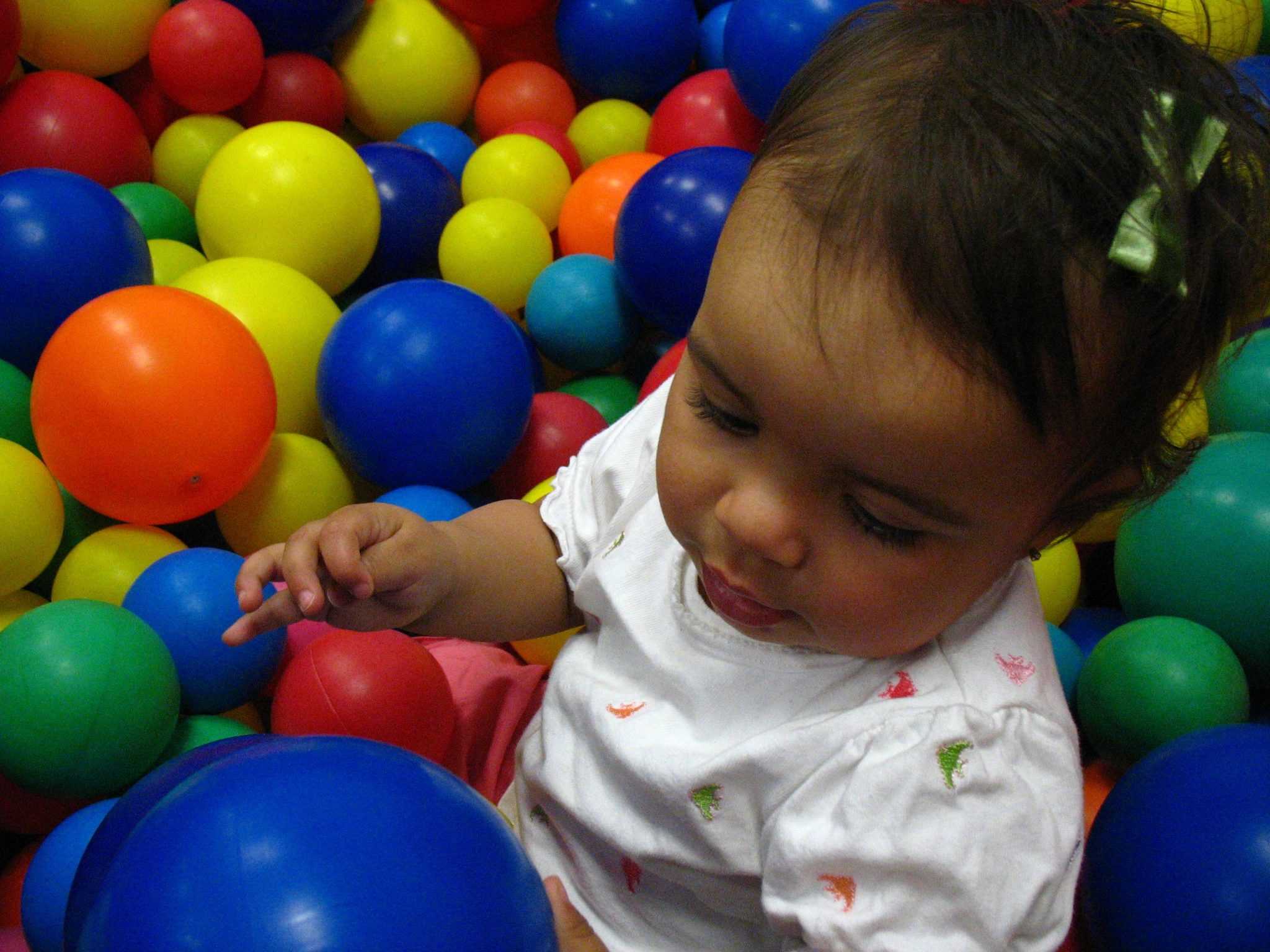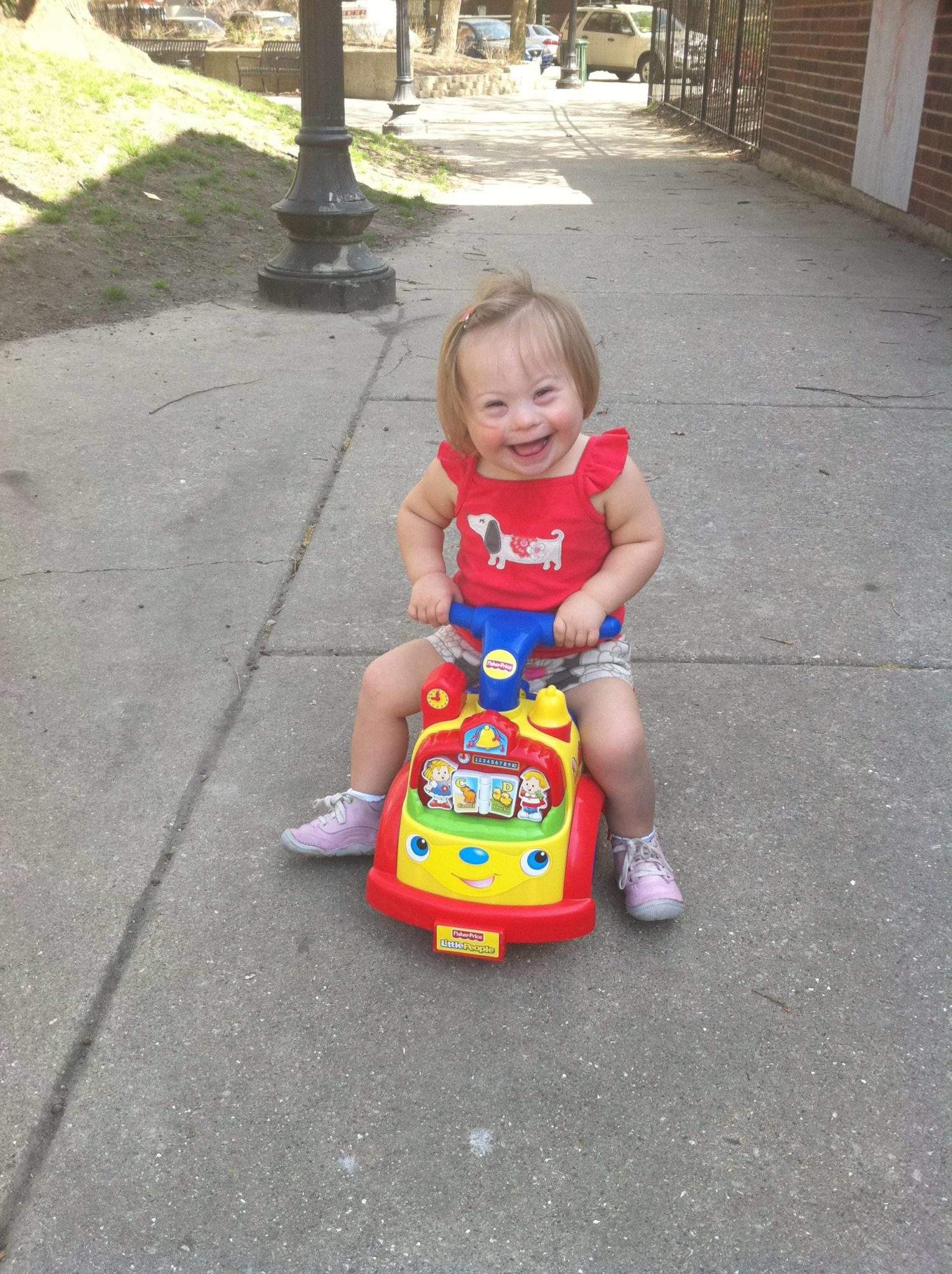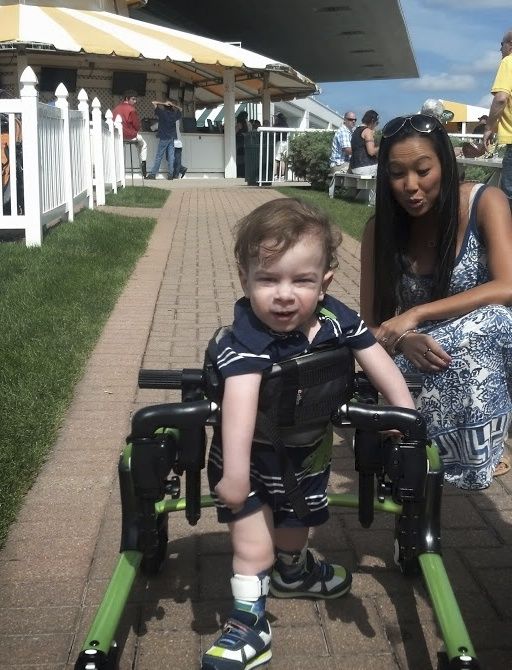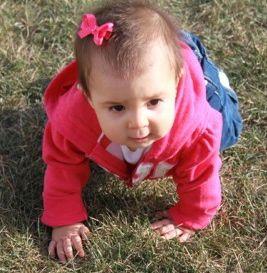Note: Free autism screenings will be held at Chicago’s Spectrum Toy Store on April 23rd, 2017. Read on to learn more.
April is Autism Awareness Month! Besides wearing blue or your puzzle ribbon, there are a number of ways to support and educate throughout the month of April. Read on to learn more about different therapies for children with autism, activities in Chicago for children with autism, and how you can support Autism Awareness Month.
What is Autism?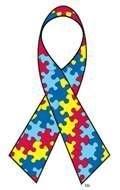
Autism is not a disease nor is it an illness. Autism is a developmental difference that is typically diagnosed during childhood, characterized by difficulty in communicating and social interactions. Many children with autism also have sensory processing and self-regulation issues.
We now know that autism is a broad spectrum with varying combinations of characteristics and challenges. These challenges might include: difficulty with social interactions, language impairments, and repetitive behaviors. With the support of therapy, children with autism can learn to manage their challenges and go on to lead productive lives.
Autism is different for every child which means every child’s treatment and therapy will be different.
Therapies for Children with Autism
Depending on where the child is on the autism spectrum, they may need one kind of therapy or a combination of therapies for a holistic approach. The treatment plan and options for each child should be individualized based upon their needs. Different types of therapies may include:
- Speech Therapy – Children with autism struggle with communication and social interaction. Speech therapists help children learn to be effective communicators and interact with the world around them, which can help reduce frustration. Speech therapy can be very successful in helping children unlock communication and connect with others.
- Occupational Therapy – Occupational therapy can help children manage sensory challenges that may be related to their diagnosis of autism. OT can also help children develop self-regulation strategies, work on fine motor skills, and gain independence in their daily living skills. Many children with autism crave structure and routine, so occupational therapy can assist with development of appropriate and predictable routines that can be carried out across a variety of settings.
- Physical Therapy – Children with autism may have low muscle tone with associated strength, balance, and coordination issues. PT can aid in strengthening and balance training to improve safety and develop age-appropriate gross motor skills so children can safely explore their environment and interact with their peers.
- Social Work (Counseling) – Our clinical social workers help children with autism embrace developmental challenges and help their families better understand behavior and needs.
Chicago Activities Guide for Children with Autism
Chicago offers a lot of fun local and community-based resources for parents and children with autism, many of which are free or low-cost. From the movies to going out to dinner in an adaptive setting, there are activities and events for the whole family. Chicago area events and resources for children with autism:
- Sensory Friendly Films – AMC Theatres partners with the Autism Society to offer Sensory Friendly Films for children with autism. The lights are turned up, the sound is turned down, and those who need to are welcome to walk about during the film. Sensory Friendly Films are offered on the second and fourth Saturday for family films and Tuesday events for adults.
- Autism Eats – This program started in Andover, MA with the mission to provide an autism-friendly non-judgemental dining experience for families of children with autism. The next Chicago dinner is at Fireside on April 22. You can sign up here. Follow their Chicago Autism Eats Facebook page for up-to-date info!
- Goldfish Swim School – Children with autism are more than welcome at Goldfish Swim School. Their staff is trained to help children with autism or sensory issues learn how to swim and have fun.
- Play for All – Chicago Children’s Museum and Navy Pier offers an event on the second Saturday of every month just for families and children with disabilities to have the museum to themselves. This event begins at 9 am and is free for the first 100 who pre-register.
- Mornings of Fun for Everyone – Discovery Center Museum has a program that invites families and children with disabilities to come experience the museum before it opens to the public. This program is free with pre-registration.
- Autism Family Day – DuPage Children’s Museum sets aside time every month for families of children with autism to come enjoy the museum with resources specifically for children with autism. Autism Family Day is on the third Thursday from 5-7 p.m. and costs $8.50 per person.
- Spectrum Toy Store – This Chicago store is located at 1911 W Belmont Ave and offers toys and programs for children with autism. Elyse Sherlock of PTN says, “They sell toys that are particularly good for children with autism and also offer different programs at the location as well. One of the families I work with went recently and they loved it!”
Free Autism Screenings at Spectrum Toy Store
On April 23rd, Spectrum Toy Store will have free autism screenings. Screening will be conducted by a Developmental Pediatrician, Psychologist or Special Educator. Parents will answer questions about their child’s development in order to find out if they are at increased risk for an Autism Spectrum Disorder. Screenings will take about 15 minutes and childcare will be provided. Information about Autism and resources will be provided to families. Children at increased risk for Autism will be referred for further evaluation.
Information about Autism Spectrum Disorder
Spectrum Toy Store
1911 West Belmont Ave.
Chicago, IL 60657
773-231-8001
Sunday 4/23/17 — 11:am to 1:00pm
Register today by clicking HERE.
or call Dr. Dodds @ 312-413-1536
Did we miss any great activities or events in the Chicago area? Let us know by commenting on this post.
How Can You Support Autism Awareness Month?
Dedicating the month of April to autism awareness helps promote autism acceptance and bring attention to those who might not understand what autism means or what they can do to help. You can support autism awareness month by:
- Wearing your Autism Awareness Puzzle Ribbon
- Donating to autism organizations or programs here in Chicago or where you live
- Learning more about autism (start here: Kids with Autism Can)
- Participating in an educational program about autism
- Sharing your story with others
One of the best ways to engage with Autism Awareness Month is to share your story of autism! By sharing your story, you’re helping others learn more about an autism journey along with its treatment and success stories.
How Pediatric Therapy Network Helps Children with Autism
Pediatric Therapy Network (PTN) in Chicago supports children with autism through a holistic and community-based approach. Together with their families, PTN provides appropriately customized support depending on where the child is on the autism spectrum.
Our goal is to help your child succeed and thrive where he or she is comfortable, including familiar home, school, and community environments.
PTN supports the parents and the whole family with education and resources. Spending time as a family is important for every child. Luckily, in Chicago, there are lots of fun recreational activities and events for children with autism and their families, many of which are free or low-cost.
PTN specializes in a variety of therapeutic services (physical therapy, occupational therapy, speech therapy, and counseling) and offers a unique home and community-centric approach for children with autism, working within their familiar environments to help them grow into their next. If you’re looking for more great ideas for your child with special needs or if you have questions about our services, please contact us! We look forward to serving you and your child!
Special thanks to our pediatric therapists and parents of children with autism for providing information for this blog post.

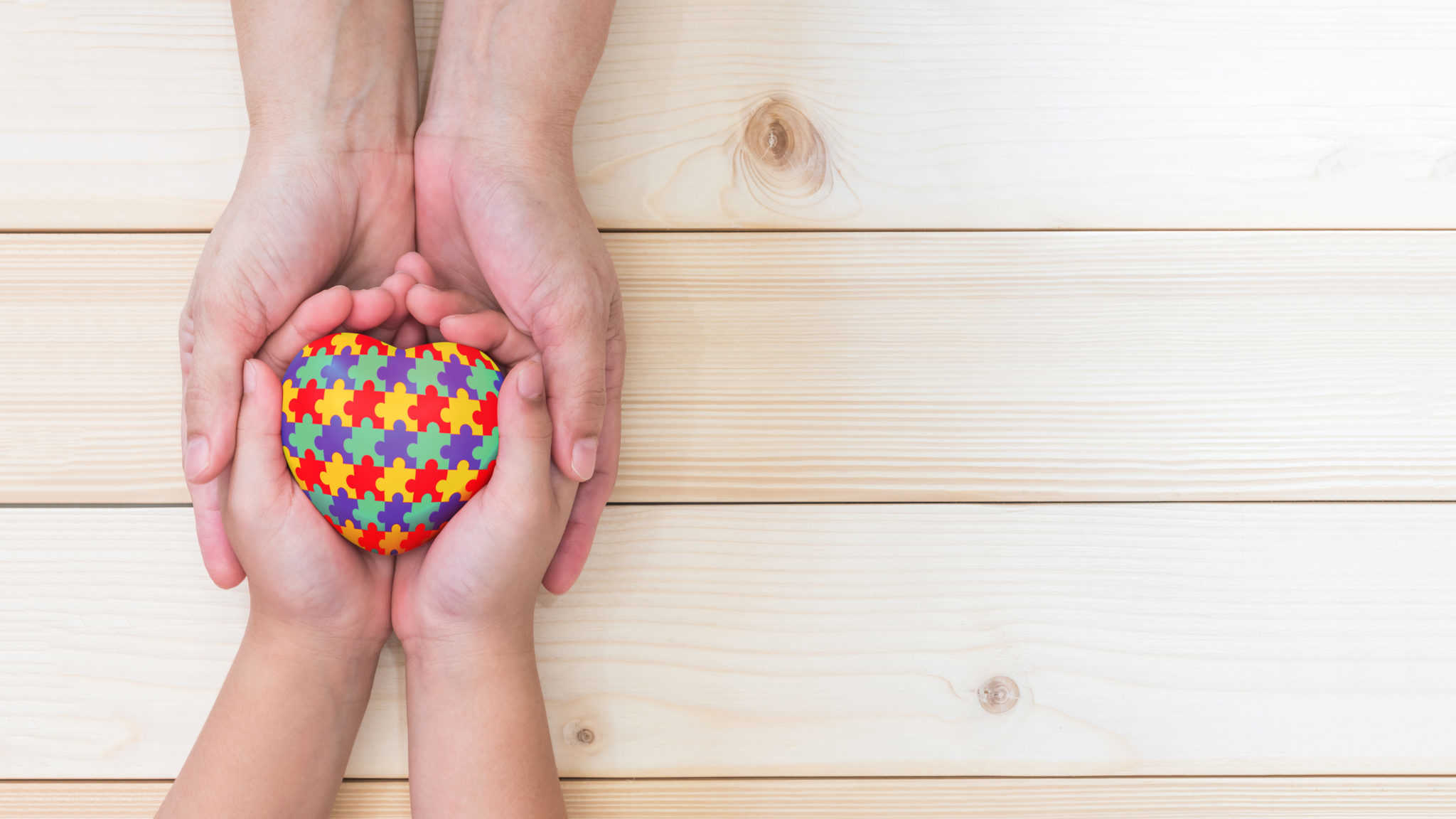
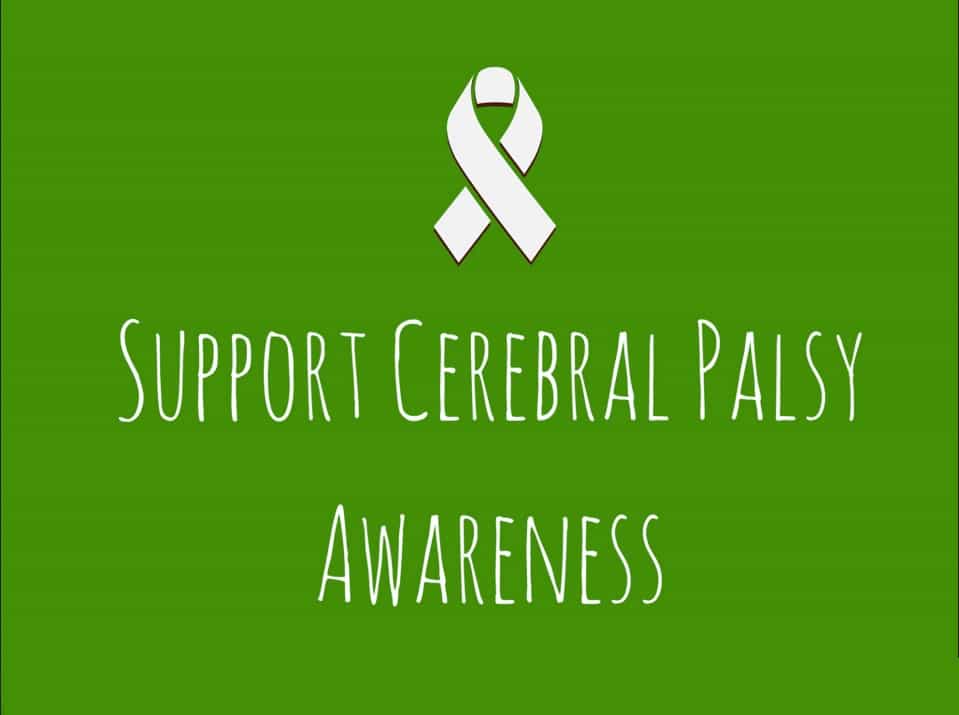
 The definition of CP (according to cerebralpalsy.org): While Cerebral Palsy (pronounced seh-ree-brel pawl-zee) is a blanket term commonly referred to as “CP” and described by loss or impairment of motor function, Cerebral Palsy is actually caused by brain damage. The brain damage is caused by brain injury or abnormal development of the brain that occurs while a child’s brain is still developing — before birth, during birth, or immediately after birth.
The definition of CP (according to cerebralpalsy.org): While Cerebral Palsy (pronounced seh-ree-brel pawl-zee) is a blanket term commonly referred to as “CP” and described by loss or impairment of motor function, Cerebral Palsy is actually caused by brain damage. The brain damage is caused by brain injury or abnormal development of the brain that occurs while a child’s brain is still developing — before birth, during birth, or immediately after birth.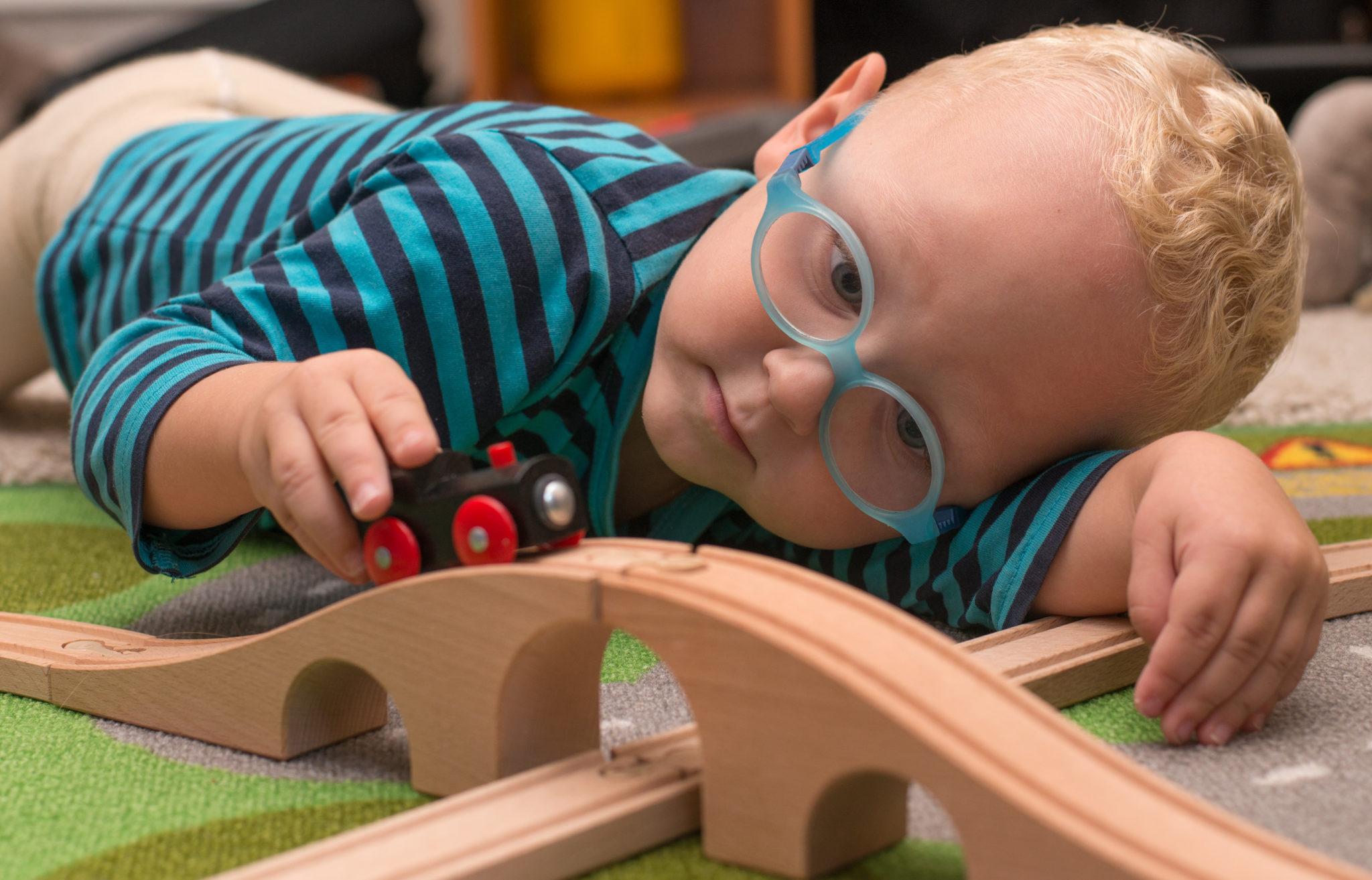
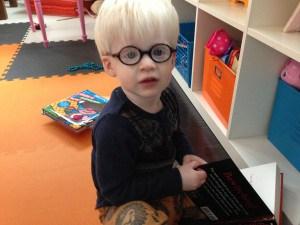 Low vision, on the other hand, can present significant issues very early on. Infants are reliant on vision for communication. They learn to mirror facial expressions and read situations and emotion
Low vision, on the other hand, can present significant issues very early on. Infants are reliant on vision for communication. They learn to mirror facial expressions and read situations and emotion
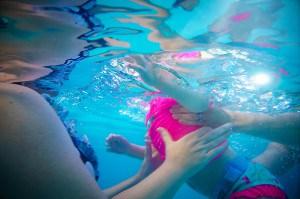 We just love
We just love  Movement and activity is key from a physical therapy perspective. Occupational therapists also know that, for kids, play IS their occupation and movement is even important for speech and language activities as well. No matter your child’s needs, the importance of regular movement and activity can’t be overstated.
Movement and activity is key from a physical therapy perspective. Occupational therapists also know that, for kids, play IS their occupation and movement is even important for speech and language activities as well. No matter your child’s needs, the importance of regular movement and activity can’t be overstated. Be sure to check with your therapists about any precautions for using equipment and if your child may be more at risk for any head or neck injuries. As long as the child can adapt, falling is a skill to be mastered and is a necessary part of growth! Enjoy this season, and stay warm and bundled!” –Laura Vazquez, PT, DPT, Pediatric Physical Therapist, Pediatric Therapy Network
Be sure to check with your therapists about any precautions for using equipment and if your child may be more at risk for any head or neck injuries. As long as the child can adapt, falling is a skill to be mastered and is a necessary part of growth! Enjoy this season, and stay warm and bundled!” –Laura Vazquez, PT, DPT, Pediatric Physical Therapist, Pediatric Therapy Network